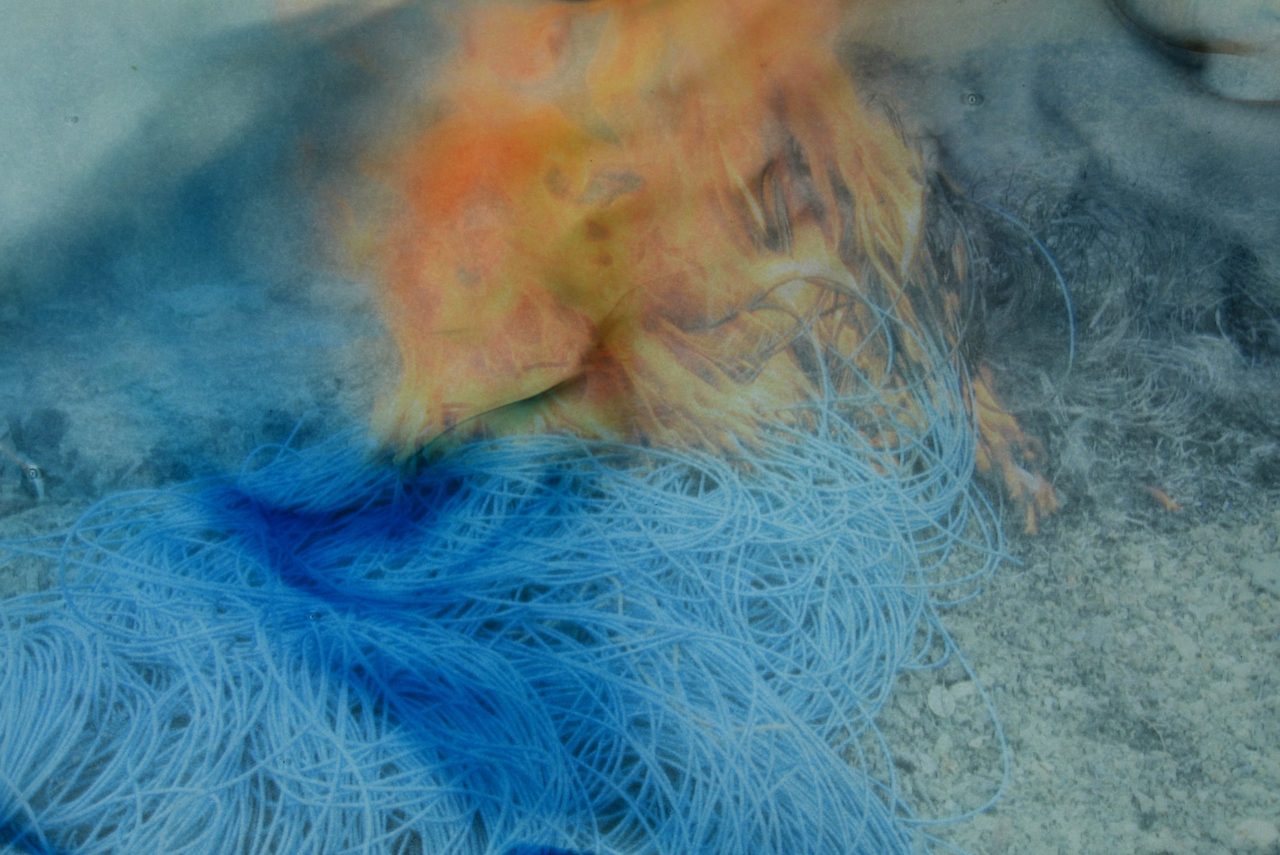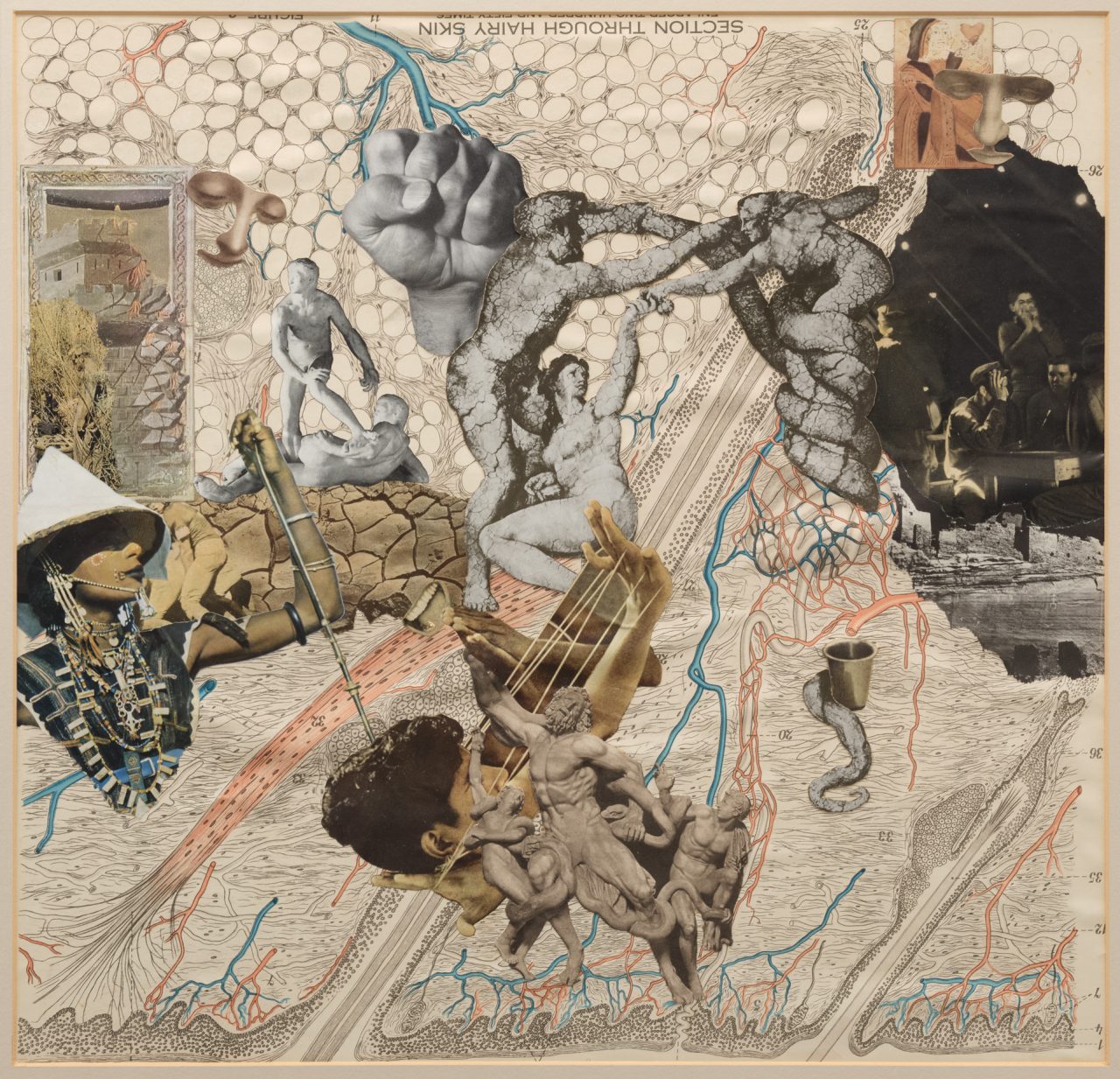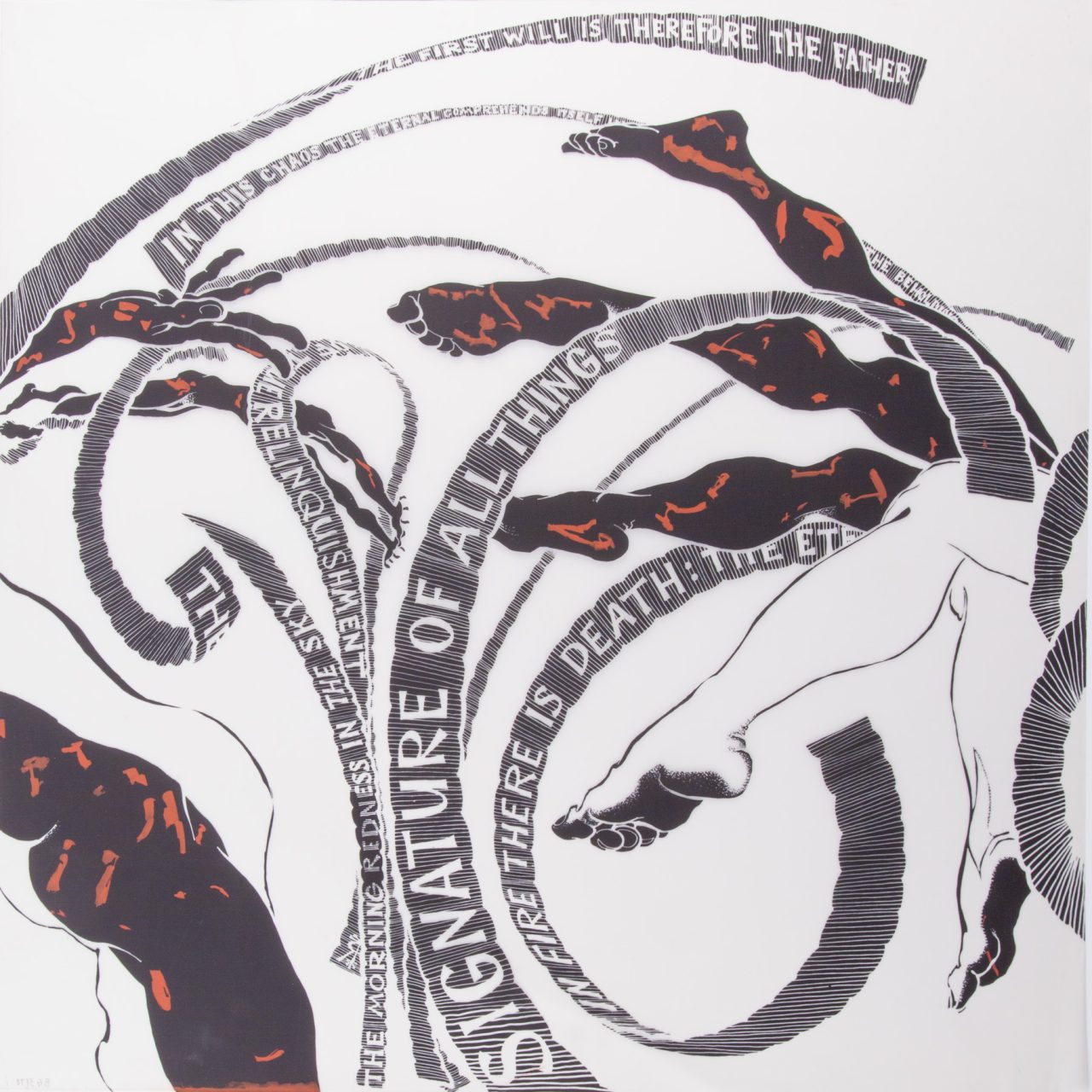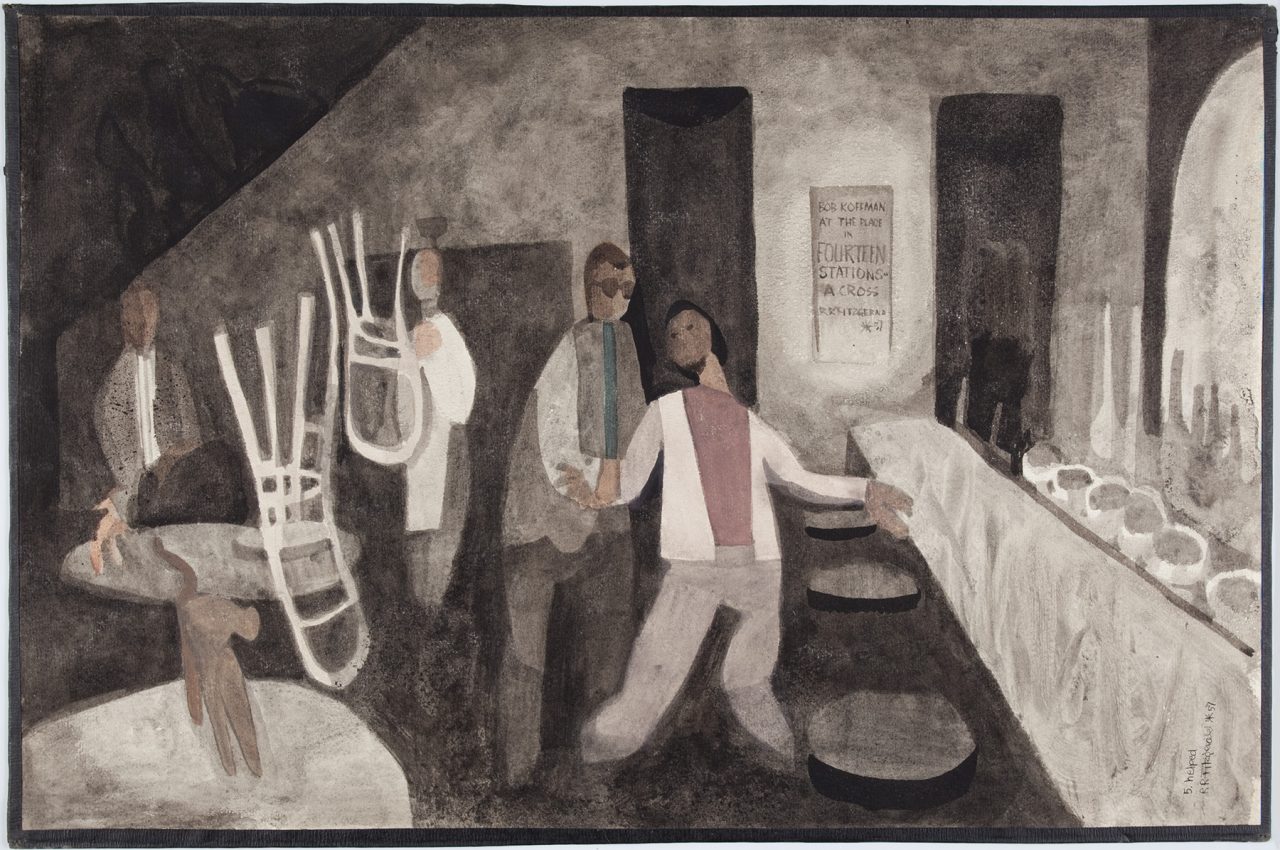21 Aug 2024
Reading Room: An Opulence of Squander
An Opulence of Squander, curated by Weiyi Chang, brings together works from the Belkin’s collection and archive with artists that consider concepts of surplus and excess to question the dual ascription of artistic work as a form of both luxury and waste. Taking its title from an essay by artist Kelly Wood, An Opulence of Squander is composed of works unified by their critique of the pursuit of perpetual growth under capitalist regimes and its demand for continuous production. Within mainstream economic paradigms, measures of productivity, such as gross domestic product, gross national income, unemployment rates and consumer and producer price indices, are treated as indicators of a society’s collective social, political and cultural well-being. However, the current climate crisis poses a challenge to the doctrine of productivity, highlighting the waste and excesses that are often a by-product of economic growth.
This reading room offers resources relating to the themes and artists present in this exhibition.
BIBLIOGRAPHY
Environmental and Urban Change, York University, Seminar Series: Aim High, Degrowth: Dialogues on Growth.
–––––– “Aim High, Degrow Session #1: Degrowth: a slogan, a movement or a concept?” YouTube, November 22, 2023, video, 58:35, https://youtu.be/bQA7aHrmObs?si=06s4BBe26UgPPb_1.
–––––– “Aim High, Degrow Session #2: Decolonization and feminism: does degrowth cut it?” YouTube, December 14, 2023, video, 1:09:25, https://www.youtube.com/live/dLmYvUOULds?si=S6G8yhIT1MSyLTFE.
–––––– “Aim High, Degrow Session #3: Degrowth and the city: urbanization and planning for degrowth,” YouTube, February 5, 2024 video, 1:09:00,
https://youtu.be/HVNFSuHYFww?si=UVGBrF4_Jnp4Mtpp.
–––––– “Aim High, Degrow Session #4: Degrowth and systems: back to the caves or back to the future?” YouTube, February 15, 2024, video, 1:04:05,
https://youtu.be/xSXoOWwuL8g?si=n3ZRsz43Q811ifQy.
This seminar series was organized by York University’s Faculty of Environmental and Urban Change from 2023/24. The seminars focus on the relationship between degrowth and related fields, including the debates within the degrowth field, the historically underrecognized contributions of eco-feminist thinkers and activists, the impact of degrowth on cities and urban planning and the energy sector. The seminars bring together an international group of scholars and offers a high-level introduction to multiple topics within contemporary degrowth discourse.
Georges Bataille, The Accursed Share: An Essay on General Economy (New York: Zone Books, 1991).
Bataille articulates a theory of general economy that aims to provide an expansive, ecological account of the totality of human and more-than-human activities of production and consumption. He differentiates general economy from traditional economic science; while the latter restricts its object of analysis exclusively to humankind’s economic activities, general economy is grounded upon the creation and circulation of energy sourced from the sun.
Jason W. Moore, “Introduction,” in Capitalism in the Web of Life: Ecology and the Accumulation of Capital (London: Verso Books, 2015), 3-24.
Moore presents a unified theory of capitalism and nature that bridges the historical divide between society and nature. Moore analyzes the historical emergence of capitalism and its reliance on “cheap nature,” defined as food, labour, raw materials and energy. The necessity of cheap nature demonstrates capitalism is not merely an economic system, but rather a logic of organizing and de/valuing nature.
Johan Rockstrom, et al. “A safe operating space for humanity,” Nature 461 (24 September 2009): 472-475, https://doi.org/10.1038/461472a.
The authors posit a new approach for defining the necessary preconditions for human development and flourishing based on nine interlinked planetary boundaries. Recognizing the impact of the Anthropocene, the geological era in which human activity has become the main driver of global environmental change, the authors suggest that defining a set of planetary boundaries against which anthropogenic-change can be measured may provide a way to quantify and prevent breaching critical thresholds.
Mierle Laderman Ukeles, Manifesto for Maintenance Art –– Proposal for an Exhibition. 1969. https://queensmuseum.org/wp-content/uploads/2016/04/Ukeles-Manifesto-for-Maintenance-Art-1969.pdf.
In 1969, American artist Mierle Laderman Ukeles wrote a proposal for an exhibition based on the concept of maintenance art. The proposal, written as a manifesto, posits a dualism between development and maintenance, death and life. Ukeles associates the former with avant-garde art, revolution, purist creation and progress and the latter with preservation, conservation, repetition and sustenance. Ukeles’s exhibition proposal took aim at what she viewed as the inordinate privileging of certain forms of productive labour, to the detriment and devaluation of essential but comparatively less exciting care work.
Kelly Wood: The Continuous Garbage Project, 1998-2003 (Vancouver: Morris and Helen Belkin Art Gallery, 2003).
Kelly Wood’s Continuous Garbage Project is a series of photographs of Wood’s trash, collected over the course of five years. Marking the first opportunity to see the work in its entirety, this exhibition catalogue provides both images of the artwork and essays that parse out the deeper implications of the photographic project. From discussions of commodity culture and ethical consumption to an interpretation of the work as an “anti-autobiography,” the catalogue provides a glimpse at the project beyond a surface-level reading focused on the importance of recycling and reduction of waste.
Image (above): Howard Ursuliak, Mattresses (detail), 1994. Collection of the Morris and Helen Belkin Art Gallery, anonymous gift, 2005.
Related
-
Exhibition
3 Sep – 8 Dec 2024
An Opulence of Squander

Weiyi Chang's curatorial research into ecological methodologies in contemporary art inform her exhibition An Opulence of Squander. The group exhibition features artworks from the Belkin's collection and beyond that critique the imperative for growth at all costs, growth that has contributed to our collective ecological and social conundrum.
[more] -
Exhibition
3 Sep – 8 Dec 2024
Koerner Library: Kelly Wood

Kelly Wood's Half Empty Bag and White Garbage (both 1997) are part of the exhibition An Opulence of Squander curated by Weiyi Chang at the Belkin, which considers our collective responsibilities as caretakers of artworks and as shapers of reconsidered and increasingly urgent narratives; more of Kelly Wood's work can be seen here.
[more] -
Exhibition
3 Sep – 8 Dec 2024
Outdoor Screen: Soft Turns

As part of the exhibition An Opulence of Squander, Soft Turns' ematerial (2019) plays on the Outdoor Screen from 9 am to 9 pm daily.
[more] -
Event
Tuesday, 10 Sept 2024 at 12:30 pm with Soft Turns
Tuesday, 8 Oct 2024 at 12:30 pm with Lisa Myers
Tuesday, 5 Nov 2024 at 12:30 pm with Camille Georgeson-Usher
Conversation Series: Of Other Earths

Join us for an online monthly three-part conversation series hosted by curator Weiyi Chang. In each session she will engage an artist or scholar about their work in the context of one of the provocations running through the exhibition An Opulence of Squander.
[more] -
Event
Wednesday, 4 Dec 2024 at 2 pm
Concert at the Belkin: Fall Exhibitions

We are pleased to welcome back the UBC Contemporary Players to the Belkin for a concert inspired by the current exhibitions: That Directionless Light of the Future: Rediscovering Russell FitzGerald and An Opulence of Squander.
[more] -
Event
Friday, 22 Nov 2024 at 3 pm
Symposium: Difficult Kinship

Join us for an afternoon symposium responding to That Directionless Light of the Future: Rediscovering Russell FitzGerald, an exhibition which grapples with a difficult and overlooked figure, exploring how the most idiosyncratic artists can crack open familiar historical narratives.
[more] -
Exhibition
3 Sep – 8 Dec 2024
That Directionless Light of the Future: Rediscovering Russell FitzGerald

Jon Davies's work as a writer and curator is grounded in contemporary art, cinema and queer studies. His exhibition That Directionless Light of the Future features rarely seen works by American artist and writer Russell FitzGerald (1932-78) and his contemporaries, largely from the Bay Area, to explore how secret and subcultural knowledge complicates archiving and transmission.
[more] -
News
21 Aug 2024
Reading Room: That Directionless Light of the Future: Rediscovering Russell FitzGerald

Curated by Jon Davies, That Directionless Light of the Future: Rediscovering Russell FitzGerald features rarely seen works by American artist and writer Russell FitzGerald (1932-78) and his contemporaries, largely from the Bay Area, to explore how secret and subcultural knowledge complicates archiving and transmission. This reading room offers resources relating to the themes and artists present in this exhibition.
[more] -
Exhibition
21 March 2003 – 11 May 2003
Kelly Wood: Continuous Garbage Project 1998-2003
The exhibition of Kelly Wood’s The Continuous Garbage Project marks the completion of a long project. For five years, since Vancouver’s garbage workers’ strike in spring 1998 and concluding the week before the opening of this exhibition in 2003, Wood photographed her own garbage. The waste from Wood’s Vancouver home was neatly packaged and photographed against a studio backdrop, while the waste documented on her travels shows the objects wrapped or unwrapped in their immediate surroundings.
[more]